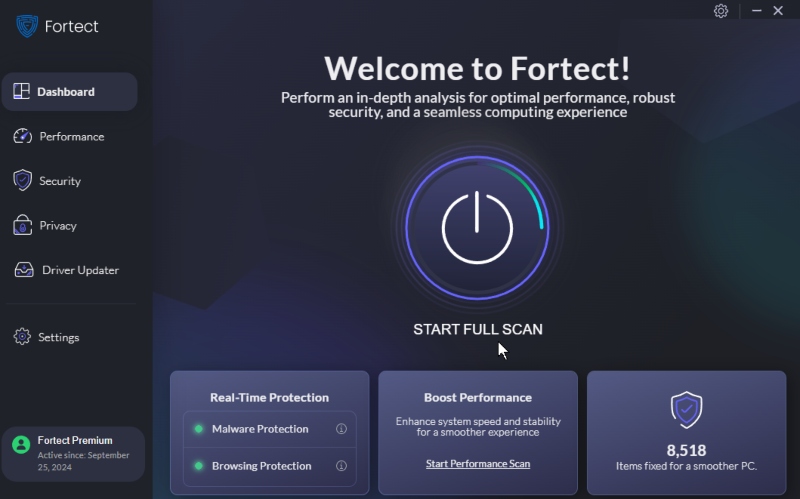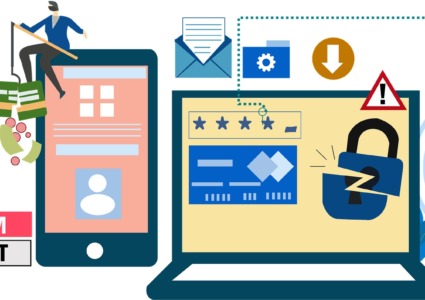Blue Screen of Death (BSOD) Caused by the Windows 11 KB5035853 Update
The Windows 11 KB5035853 update, released in March 2024, includes several enhancements and fixes designed to improve your system’s overall performance and security.
Here’s a detailed look at what this update does:
- Security Enhancements: It addresses various security vulnerabilities to protect your system from threats. This includes updates to safeguard against malware and other malicious software.
- Performance Improvements: The update optimizes system performance, making your computer run more smoothly and efficiently. This includes faster boot times and improved application responsiveness.
- Bug Fixes: KB5035853 resolves several known bugs affecting Windows 11 users. This includes fixes for issues that cause applications to crash or malfunction.
- Stability Enhancements: It improves the operating system’s stability, reducing the likelihood of crashes and unexpected errors. This is particularly important for ensuring a seamless user experience.
- Compatibility Updates: The update enhances compatibility with various hardware and software, ensuring your system can work seamlessly with multiple devices and applications.
- User Interface Tweaks: Minor changes to the user interface may be included to enhance usability and the overall user experience.
Despite these improvements, the update has caused significant issues for some users. Specifically, it has led to the BSOD on many devices, with Lenovo AMD-based systems mainly affected. Some users have reported that the update caused their PCs to crash immediately after installation.
If you encounter this issue, there are troubleshooting steps you can take to resolve it. But first, let’s look at a few reasons why Windows users experience a black screen of death (BSOD).
What Causes the Blue Screen of Death?

BSoD appears when Windows encounters a critical system error, causing it to crash and shut abruptly. While alarming, the error displayed on the blue screen can often be resolved. Common culprits include faulty hardware, corrupted system files, or issues with software processes.
Each BSoD displays a stop code that identifies the specific error. For instance, “DRIVER_IRQL_NOT_LESS_OR_EQUAL” suggests a driver compatibility problem. Looking up the stop code is the first step in diagnosing and fixing the underlying cause.
BSoDs can stem from outdated drivers, hardware failures, overheating issues, or malware infections. While frustrating, the errors are usually fixable by addressing the root cause, whether updating drivers, replacing hardware, or cleaning up your system.
Regular maintenance and optimization can prevent BSoDs by keeping your system running smoothly and catching potential issues early on.
How to Deal With (BSoD) Caused by the Windows 11 KB5035853 Update
If you’re encountering the Blue Screen of Death (BSoD) after installing the Windows 11 KB5035853 update, try the following troubleshooting steps:
- Uninstall Recently Installed Programs/Apps: Some newly installed software may conflict with the update, causing system instability. Uninstall any recently added programs or apps and check if the issue persists.
- Start > Settings > Apps > Installed apps > Look for new apps installed > right click on the three-dotted lines next to the app > uninstall

- Disable or Roll Back, New Drivers: Incompatible or faulty drivers can trigger BSoDs. Disable or roll back any recently updated drivers, especially those related to critical hardware components.
- Scan for Malware: Malicious software can corrupt system files and lead to BSoDs. Run a full system scan with a reputable anti-malware tool to detect and remove potential threats.
3. Fortect: Consider investing in a third-party, all-in-one, robust solution that scans faulty hardware, corrupted system files, and malware threats, such as Fortect.

Once Fortect scans and detects these problems, it will fix them and restore your system to its normal state without issues, boosting your PC’s performance.

Download and Install Fortect now.
5. Perform an SFC Scan: The System File Checker (SFC) can help identify and repair corrupted or missing system files that may be causing the BSoD. Run the SFC scan and let it fix any issues found.
Run “sfc /scannow” in an elevated Command Prompt to scan for and repair corrupted system files that may cause issues like BSoDs.
Start/ Search bar > type cmd > Run as Administrator > type sfc/scannow

If the SFC scan fails, run “DISM /Online /Cleanup-Image /RestoreHealth” in the elevated Command Prompt to repair corrupted system files.
Start/ Search bar > type cmd > Run as Administrator > DISM /Online /Cleanup-Image /RestoreHealth

If the above steps don’t fix your BSoD issue, uninstall Windows 11 MANUALLY.
Uninstall Windows Updates through Windows Settings in Windows 11
Press Win+I to open Settings.
Go to “Windows Update” > “Update history.”
Click “Uninstall updates”.
Select the update you want to remove (e.g., KB5035853) and click “Uninstall.”
Uninstall Windows Updates via Command Prompt in Windows 11
Search for “Command Prompt” in the Start menu and right-click on the result. Select “Run as administrator” to open an elevated Command Prompt window.
In the elevated Command Prompt, enter the following command and press Enter:
wmic qfe list brief /format:table
This will display a list of installed Windows Updates with associated KB numbers.
Identify the KB number of the update you wish to uninstall.
Next, enter the following command, replacing “KBNUMBER” with the specific KB number you noted in the previous step:
wusa /uninstall /kb:KBNUMBER
In this example, the KB number is KB5035853 , the command would be:
wusa /uninstall /kb:5035853 then Enter

Confirm the uninstallation when prompted.
The specified Windows Update will now be uninstalled from your system.
Restart your computer so the changes take full effect.
Follow these steps carefully to uninstall any problematic Windows Update causing the Blue Screen of Death (BSoD) issue on your Windows 11 PC.
We also have the Can BSoD Be Fixed?: 10 PC Saving Methods article; you can check that it is unrelated to the Windows 11 KB5035853 update for a more comprehensive guide on the BSoD issue.




